Everything, Everything: A Sweetly Naive Teen Romance
This is a simple and innocent, yet charming teen melodrama about a young girl with a life-threatening illness who falls in love.
Eighteen-year-old Maddy (Amandla Stenberg) has been severely ill since birth. She looks like a normal, healthy girl, but she can only live in a sterile house built by her doctor mother (Anika Noni Rose). Maddy has a very weak immune system, and even a short trip outside could be fatal. Therefore, she studies remotely, communicates online, and hardly dreams of a different, free life. That is, until a family moves into the house next door with an attractive boy Maddy’s age named Oliver (Nick Robinson). The boy immediately notices the girl from the neighboring window, and Maddy reciprocates his feelings.
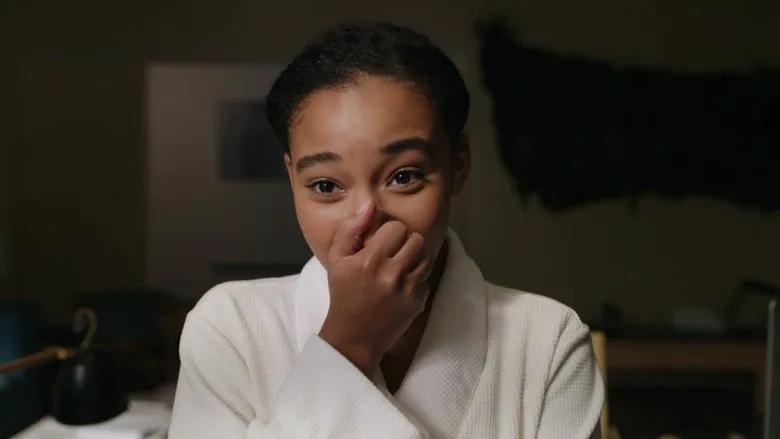
Fun Fact: Amandla Stenberg’s unusual name means “power” in Zulu. The actress has African-American and Danish roots.
The Drama of First Love
First teenage love is usually a fleeting surge of hormones that rarely leads to significant consequences, unless it culminates in the birth of a child. Teenagers themselves, however, do not realize this. For them, the first feeling is the most important and dramatic event in the history of the planet.
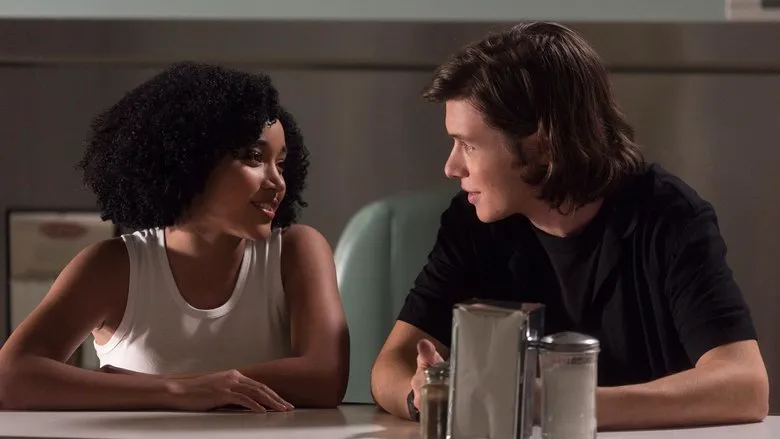
Did you know? The actress who played the main character’s mother, Anika Noni Rose, is known as the voice of Tiana in the cartoon “The Princess and the Frog.” In earlier versions of the cartoon’s script, Tiana was named Maddy.
Many modern teen books readily exploit this illusion and turn first love into a drama of love and death. Remember, for example, how this was done in the popular book and popular film adaptation of “The Fault in Our Stars,” where the main characters were seriously ill kids.

A Familiar Story with a Fresh Perspective
Nicola Yoon’s bestseller “Everything, Everything,” released in 2015, is also primarily aimed at romantic teenage girls, and it tells a story similar in drama and some plot twists. In turn, the film adaptation of “Everything, Everything,” directed by novice Canadian director Stella Meghie, relatively accurately reproduces Yoon’s simple narrative and enthusiastically conveys the maximalist romanticism of the main character, for whom a pretty face next door is a reason to risk her life and, possibly, end it. The idea is that it is much better to breathe life to the fullest for a couple of days than to exist locked up for decades and enviously gaze at someone else’s life that is seething outside the window.
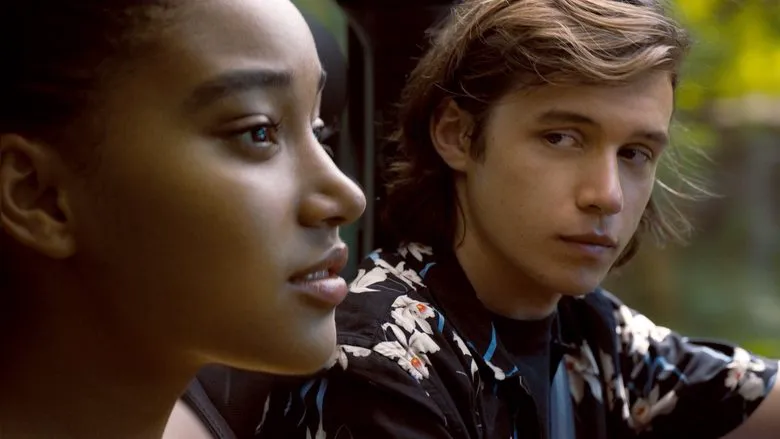
This is not the first film about a person with a “killed” immune system – remember the 2001 film with Jake Gyllenhaal “Bubble Boy”? – but usually such films tell about guys. Here, the focus is on a girl, and this gives a slightly different, more tender and sedate, mood to her love story. While “Bubble Boy” was a comedy with a touch of farce, “Everything, Everything” is a melodrama with romantic-comedy inserts like scenes of awkward but cute teenage courtship.

Visuals and Performances
Until a certain point, the main action takes place within the sterile walls of Maddy’s house, but for visual variety, it is sometimes transferred to the girl’s fantasy world, where the heroine is much freer than in real life. However, no matter how luxurious the landscapes are in the frame, the camera mainly focuses on the faces of Stenberg (“The Hunger Games”) and Robinson (“Jurassic World”), and the young actors do not betray the director’s expectations. They are very convincing in the roles of “Hollywood teenagers” – outwardly flawless, but not looking like overly beautiful models who cannot live in ordinary houses on an ordinary street.
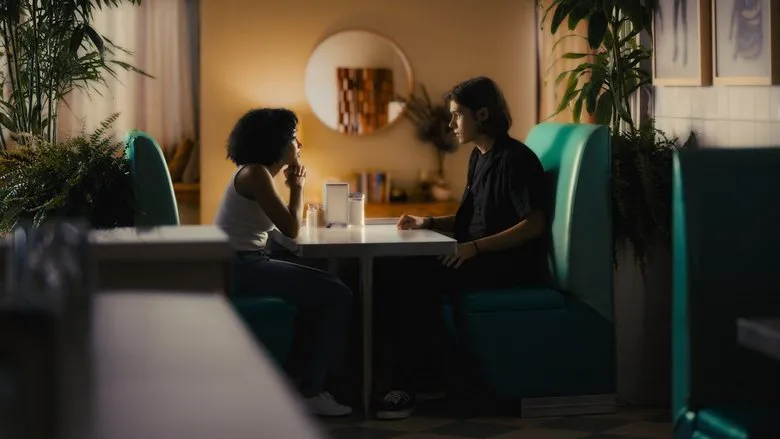
Criticisms and Final Thoughts
What can you complain about? First, the film is narrowly focused on the target audience – naive American schoolgirls. The further you are from this audience, the stronger your desire to snort into your fist at the high-mindedness and primitiveness of the narrative, in comparison with which “Twilight” seems like sophisticated Dostoevsky. The film is so devoid of even minimal cynicism, as if it were filmed in a country where cynicism is punishable by death. In addition, the film repeats some thoughts and explanations several times, clearly not trusting the viewer’s intelligence.
Secondly, unlike “The Fault in Our Stars,” the film ends relatively happily, and this causes a mixed reaction. Yes, it’s nice when no one is buried in the ground in a teen movie, but in the context of the genre, it seems like a betrayal. As, by the way, it seemed in “Bubble Boy,” where there was also a happy ending. If the hero is ready to pay for love, why deprive him of the right to pay in full? We all remember how “Romeo and Juliet,” on which Yoon relies, ends, and such an ending has deep meanings that are not limited to the banal “Heroes die because their families could not reconcile.” However, if the whole film is flat cuteness, it would be strange if it acquired Shakespearean depth in the finale.
In theaters June 15.
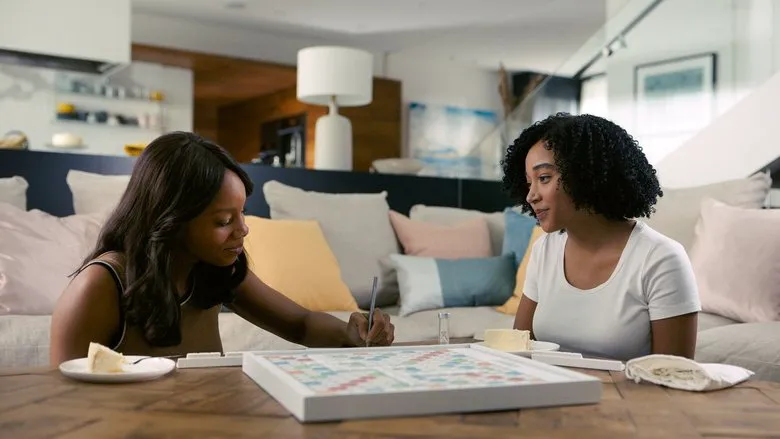
Alternative Opinion
Boris Khokhlov:
An unexpectedly wonderful movie. Yes, it is indeed almost conflict-free, but so soft, cozy and fluffy that you begin to understand why sentimental girls love such films – even if you are a man who has long finished all conceivable educational institutions.